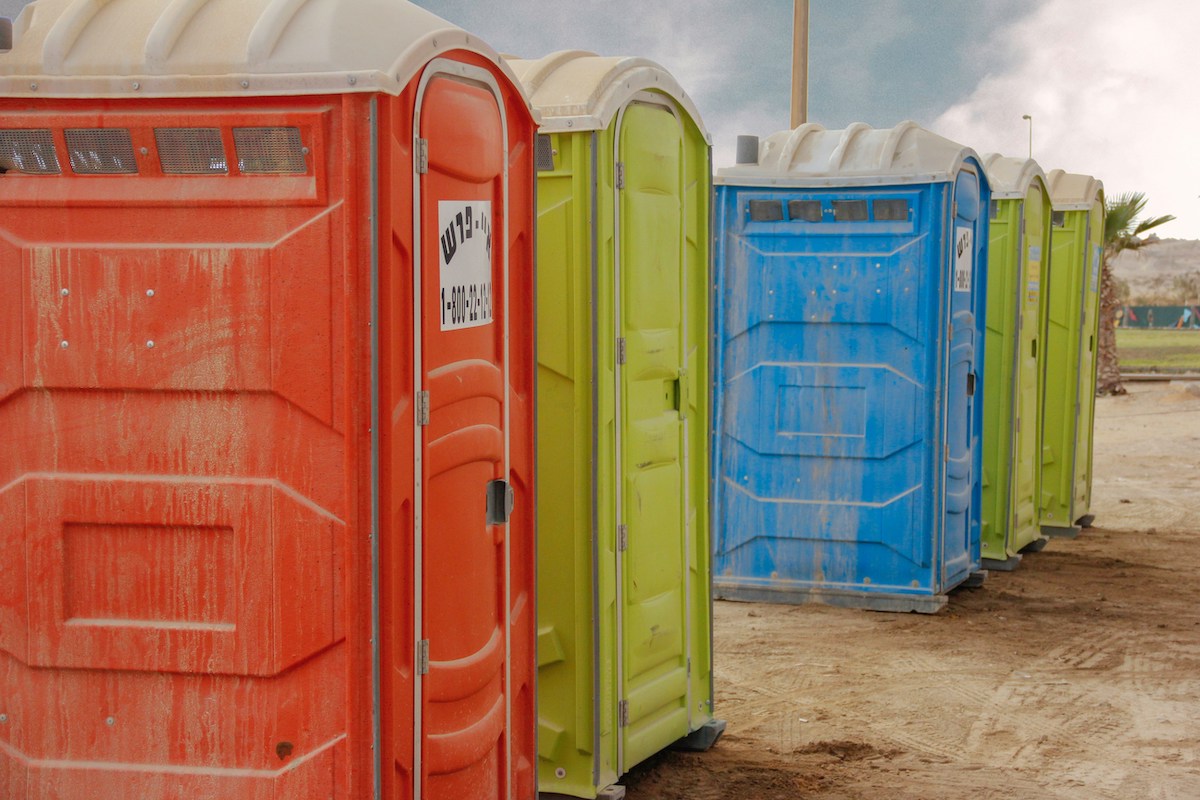Sweet relief: B.C. announces flush toilets for job sites
The changes come after years of pressure from construction unions.

Key Takeaways:
- Starting October 1, 2024, construction sites in B.C. with 25 or more workers must provide flush toilets, hand-washing facilities, and clean washrooms, significantly improving workplace hygiene and sanitation.
- The changes follow a three-year campaign by BC Building Trades and extensive consultations. WorkSafeBC will continue to support employers in complying with the new rules while offering flexibility where flush toilets may not be feasible.
- B.C. is not the first to take this action. Quebec passed code changes in 2015 to require flush toilets on construction sites with 25 or more workers.
The Whole Story:
B.C. is looking to clean up construction bathroom practices with new legislation.
Changes to the Occupational Health and Safety Regulation will make soon it mandatory for employers at construction sites with 25 workers or more to provide flush toilets, hand-washing facilities and clean washrooms.
While the changes come into effect on Oct. 1, 2024, WorkSafeBC says it will continue to work with construction companies during the next few months to ensure they are aware of the changes and understand what is required to comply. This approach will allow time for employers to source the required facilities.
“We all know how unpleasant port-a-potties can be, but this is actually a health-and-safety issue for construction workers,” said Harry Bains, minister of labour. “We have heard clearly from the building sector that it is an important issue for workers, and it contributes to the sector’s ability to attract and retain workers, including women.”
The new requirement is for toilets that can be connected to a sewer system or holding tank, and use a flow of clean water or a mixture of clean water and chemicals to flush the bowl. They also require hand-washing facilities with soap and water, or other methods of hand-cleaning. Employers must also ensure washrooms are well-maintained, clean, ventilated and provide privacy.
“I love my job, but one of the worst parts of going to work is facing the nasty conditions inside of construction-site port-a-potties,” said Tiffany Madden, a member of IBEW 213 and board member with Build TogetHER BC. “These new rules mean myself and my colleagues will be treated with the basic dignity of having flushing toilets with running water, something workers in most other industries take for granted. This is a game-changer for the construction industry and could even attract more women into the trades.”
The new WorkSafeBC regulation comes following a three-year campaign from the BC Building Trades called “Get Flushed”. Thousands of letters were sent to Premier David Eby and Labour Minister Bains, imploring them to improve sanitary conditions on construction sites. In October 2023, Eby committed to making changes.
WorkSafeBC held public hearings in January and July 2024, and consulted with employers, construction-sector associations, unions, workers and workers’ advocates. The requirements being introduced are consistent with the regulation reviewed by these participants in the public hearing in July. WorkSafeBC will issue guidelines to support the interpretation and application of the new requirements in the coming weeks.
“This regulation addresses one of the most egregious and long-standing indignities that construction workers have had to face in their daily lives,” said Brynn Bourke, executive director, BC Building Trades. “The requirement for flush toilets on large construction sites means workers building B.C.’s next generation of major infrastructure will have much-improved washroom facilities, along with running water for hand-washing. A sincere thank you goes out to the provincial government for bringing this regulation into effect and to the thousands of workers who fought for these changes.”
WorkSafeBC’s guidelines will allow for flexibility if flush toilets are not practicable. However, the onus will be on the employer to provide a rationale and evidence for being unable to provide these facilities.
B.C. is not the first in Canada to have this requirement. There are also other parts of the globe that have long had high standards for construction facilities. Here is a breakdown of some of them:
Quebec
Quebec already has a standard requiring flush toilets and heated bathrooms on construction sites with 25 or more workers. The change was made in 2015 after a 12-year campaign from the Quebec Labour Federation (FTQ) construction wing.
United Kingdom
The UK has regulations requiring flushing toilets and running water on construction sites where reasonably practicable. If connecting to mains water and drainage systems is not possible, facilities with built-in water supply and drainage tanks should be used. Portable chemical toilets are only acceptable as a last resort.
Australia
While specific regulations may vary by state, Australia generally requires adequate toilet facilities on construction sites. Many larger sites are expected to provide flushing toilets, especially for longer-term projects.
